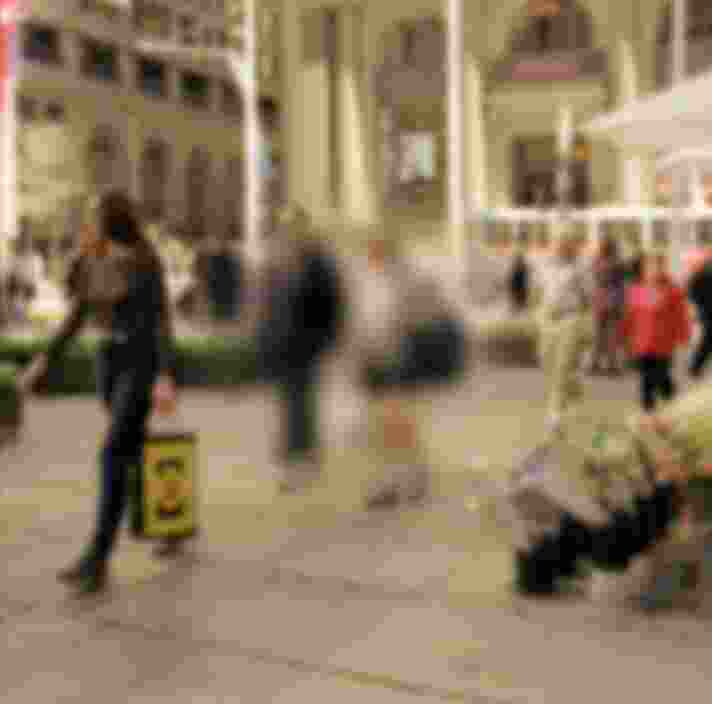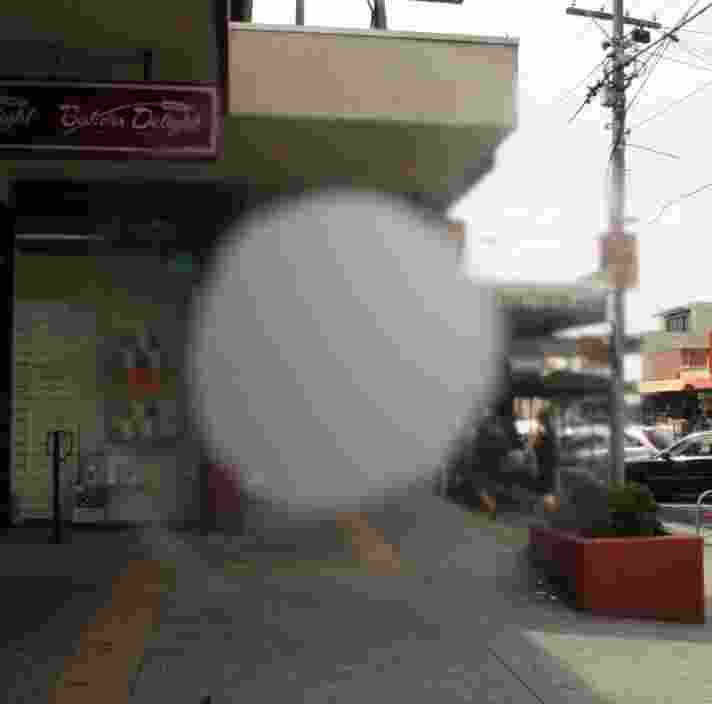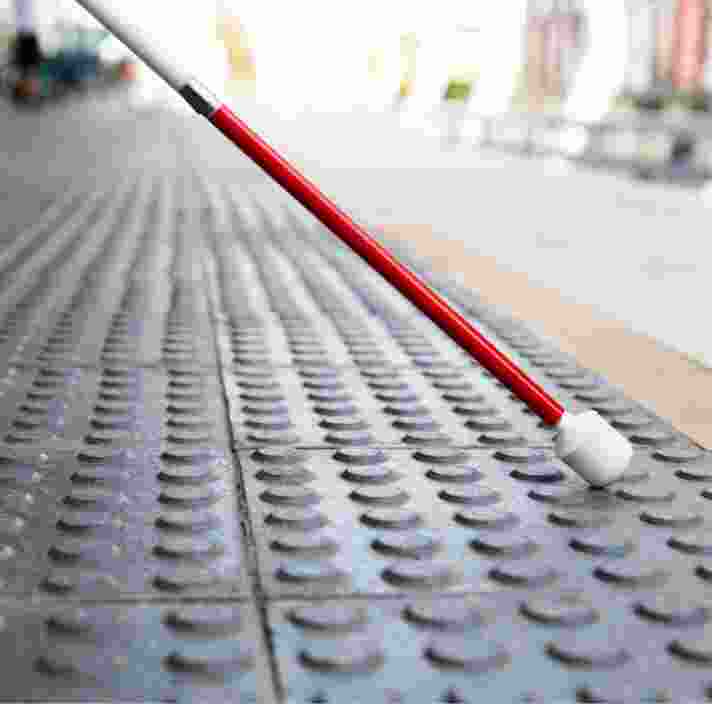Ready to continue?
Seems like you have filled this form earlier. Let’s pick up where you left off.
It's almost International Guide Dog Day!
Hear more about the work of these special canines.
On this page:
Common conditions and issues of low vision
Common conditions and issues of low vision
Sight is the sense we use to perceive objects and can be impacted or changed by many causes. Low vision or blindness may be present from birth, hereditary, develop over time, or occur as a result of illness or injury. It cannot be corrected with prescription glasses. We rely on our vision for many essential daily activities.
A significant change or ongoing low vision can greatly affect our independence and mobility. We provide support for any person who is experiencing difficulty in daily life as a result of low vision or blindness.
We rely on generous, ongoing support from the community to offer the highest quality supports for people with low vision, including our world-renowned Guide Dog training programs. Every contribution is crucial and incredibly valuable.

Types of low vision: Cataract
Common causes for low vision or blindness
Cataract:
As we age, the lens in our eyes we use to focus can become cloudy and harden. The hardening results in a cataract.
With a cataract, you may struggle to focus on reading the labels in your pantry, distinguishing colours on your grandson’s T shirt or find it challenging to work in the garden due to sensitivity from the sun. Many people successfully restore their vision when the cataract is surgically removed.

Types of low vision: Glaucoma
Glaucoma:
Glaucoma is eye disease that causes damage to the optic nerve resulting in
reduced vision or blindness. The eye continually produces fluid that needs to drain out. If the process is interrupted,
pressure builds up in the eye. It can be chronic and if left untreated can result in tunnel vision or total blindness.
If you are experiencing blurred vision or knocking into things on the left or right then you may have reduced visual
fields caused by glaucoma. When glaucoma is detected, a specialist will assist in managing this pressure to avoid loss
of vision.

Types of low vision: Diabetic retinopathy
Diabetic retinopathy:
Diabetic retinopathy is an eye condition related to diabetes. Changes to the blood vessels in the retina cause vision loss. Blurred, distorted vision or even total blindness may occur. There is no particular pattern to the vision loss.
You may experience random patches of vision loss or blurred vision that affects your ability to see road signs or judge the traffic. It is important to visit an ophthalmologist in order to maintain the health of eyes when you have diabetes.

Types of low vision: Retinitis pigmentosa (RP)
Retinitis pigmentosa (RP):
Retinitis pigmentosa is a progressive, chronic inherited condition. It causes breakdown of retinal cells that normally receive light. Eventually RP progresses to loss of peripheral vision (tunnel vision). Early symptoms include night blindness, knocking into things or tripping over and perhaps a feeling of general clumsiness.

Types of low vision: Macular degeneration
Macular degeneration:
Macular degeneration, also known as Age Related Macular Degeneration
(ARMD) is the most common cause of vision loss in people over the age of 60 years.
The retina has a central area called the macular. When the macular develops eye disease (ARMD) then a loss of central vision is experienced. Although a person with this condition still has peripheral vision, it can lead to difficulties with identifying faces, problems recognising colour or difficulty reading the mail.

Types of low vision: Visual pathway damage
Visual pathway damage:
Visual Field Loss can occur when parts of the visual pathway are damaged by an acquired brain injury, such as a stroke, brain tumour or trauma. The eyeball still functions, although the message to the part of the brain
that determines what we see is interrupted.
Examples include a right sided visual field loss due to a brain injury to the left side of the brain. You may regularly knock into objects on one side of the body, experience trouble locating an object off to one side, or be startled when someone appears from the side with field loss.

Referrals
Referrals for support services come from a variety of sources.
These can include Optometrist, Ophthalmologist, therapists and other specialists.
Aside from health professionals, referrals are also welcome from individual people and their families.
- Phone: 1800 804 805
- Email: referrals@guidedogsvictoria.com.au

